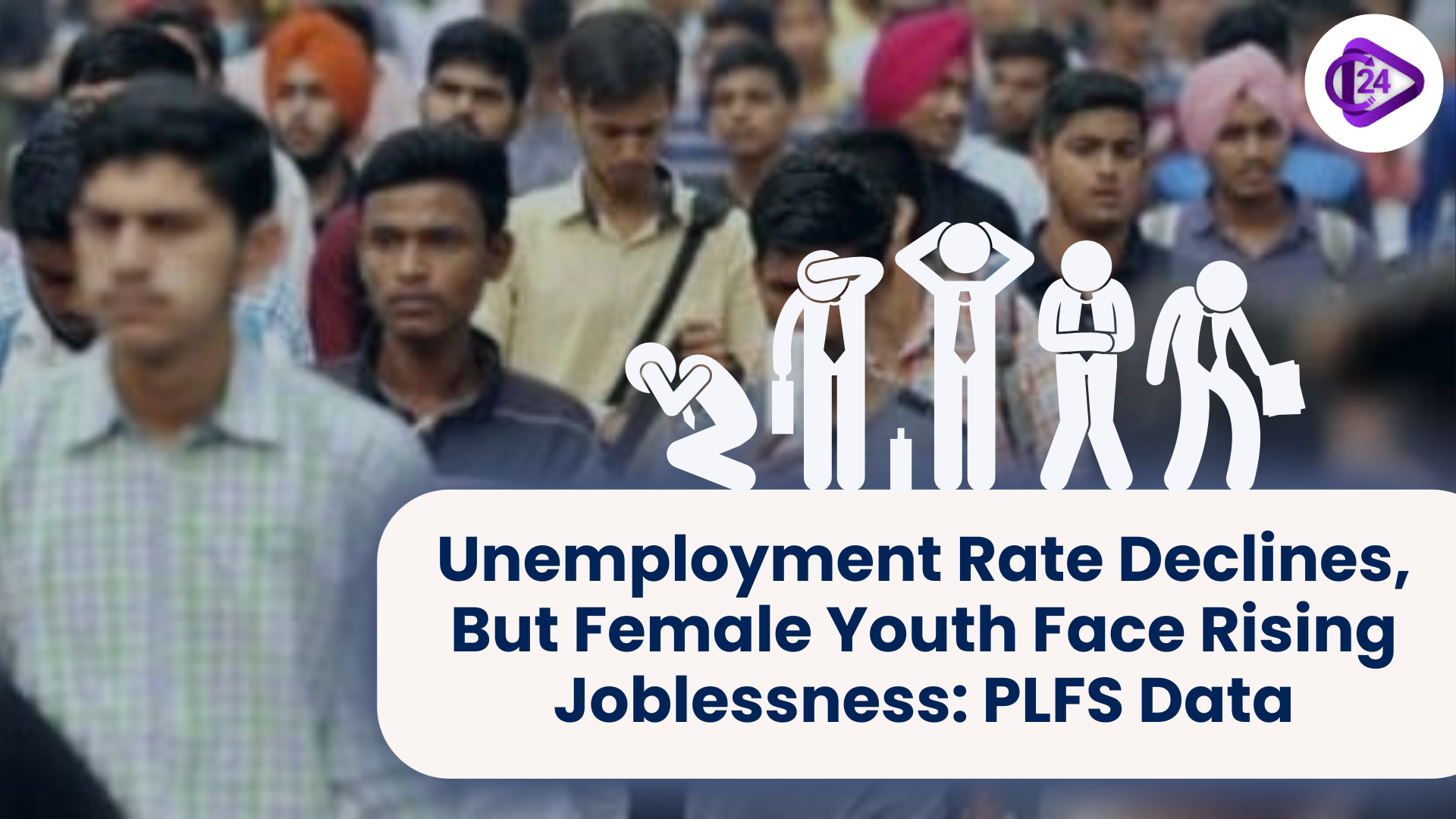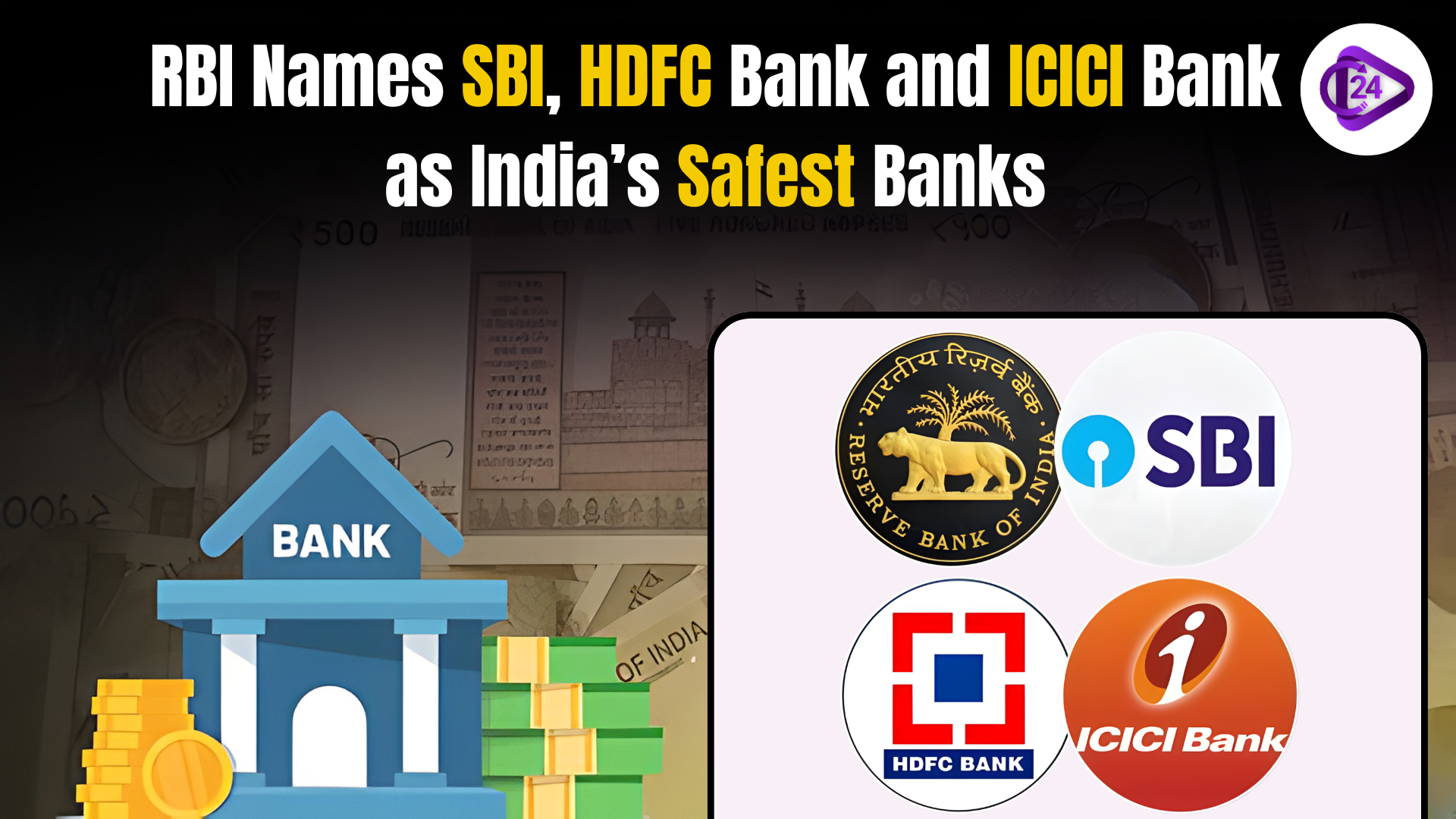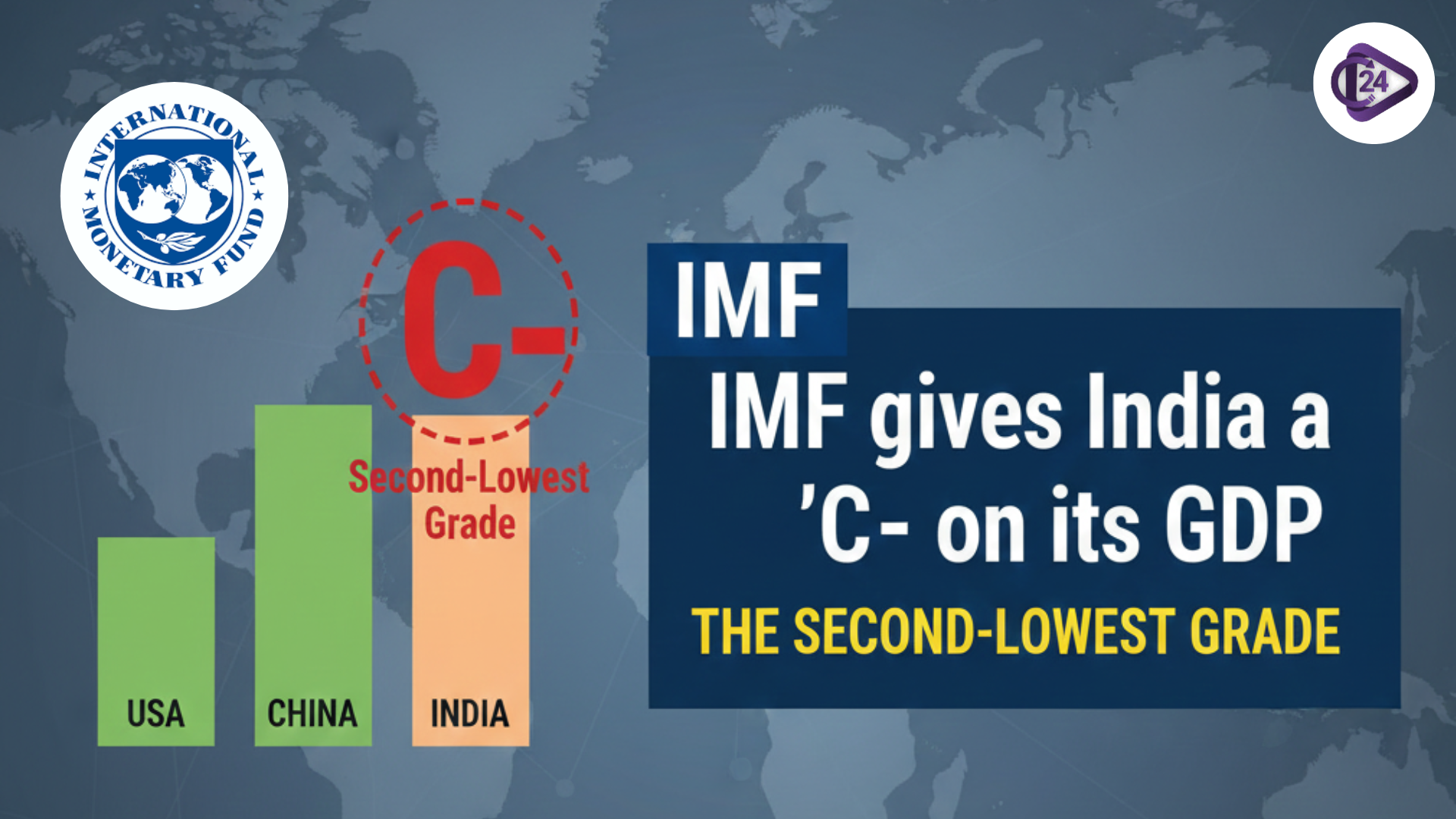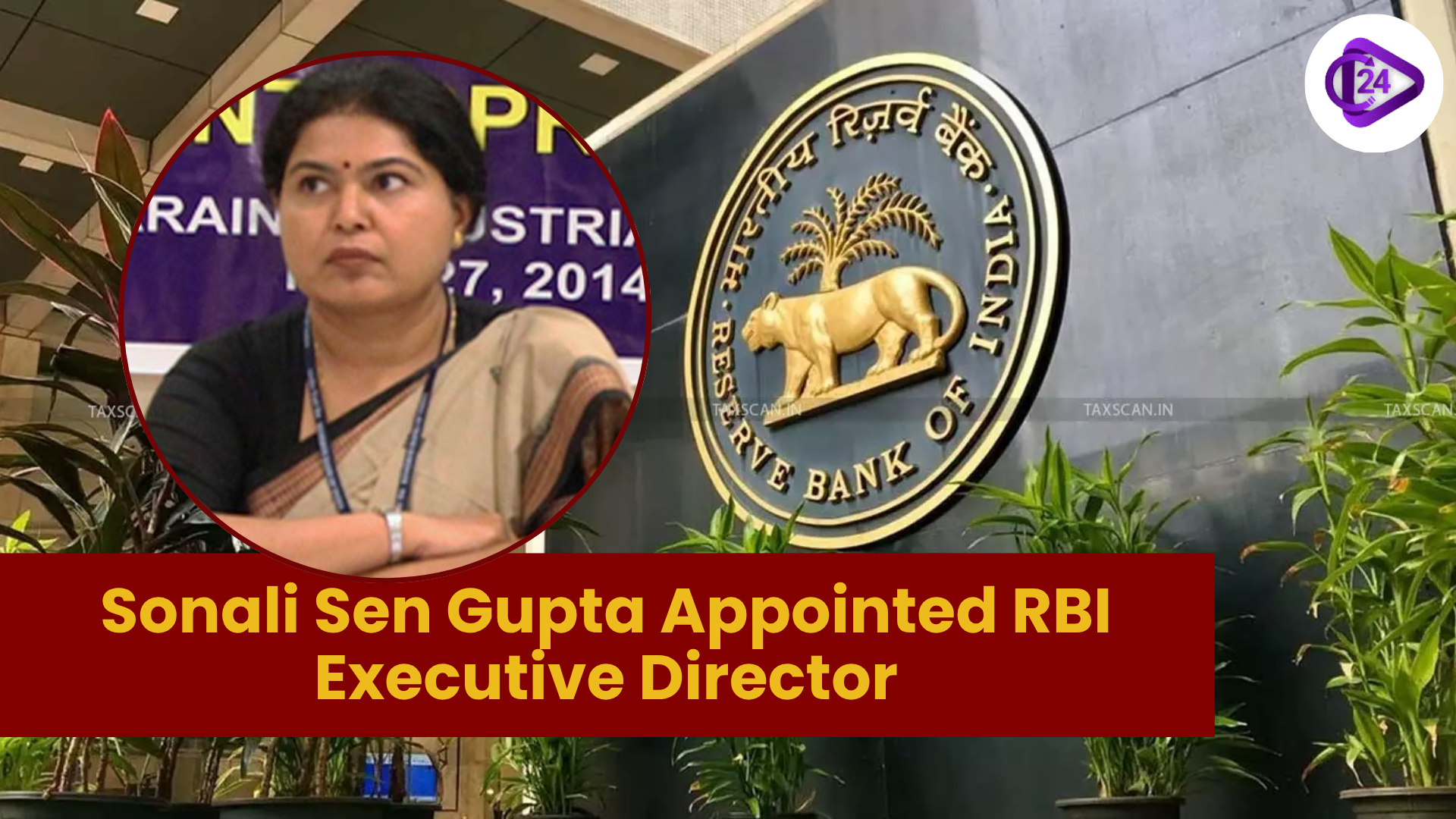
The latest Period Labour Force Survey (PLFS) numbers indicate a mixed scenario for India's labour market in August 2025. While the total unemployment rate fell to a five-month low of 5.1%, female youth unemployment in urban and rural areas increased by substantial margins. Unemployment among women aged 15-29 increased to 14.3% in rural regions and 25.7% in urban regions. Though there was a marginal growth in the Female Labour Force Participation Rate (LFPR), the report indicates an alarming trend in female youth employment, with worse results for young males. This highlights the need for special measures for women's economic empowerment and employment generation.
Key Points
Female Youth Unemployment Rates:
-
In rural regions, the unemployment rate for female youths increased to 14.3%.
-
Urban centers experienced an accelerated rise, with young female unemployment standing at 25.7%, over 10 percentage points above urban males.
-
Increased female unemployment came in the face of an accelerated increase in the Labour Force Participation Rate (LFPR) for women to 21.4%.
Decline of Male Unemployment:
-
Contrary to the uptick in female unemployment, youth male unemployment declined.
-
Urban male youth unemployment decreased from 17.1% to 15.6%, and rural male youth unemployment dropped from 13% to 12.6%.
Labour Force Participation and Worker Population Ratio (WPR):
-
For women, national LFPR remained relatively unchanged at 17.6%, with the WPR also stable.
-
For younger men, LFPR dropped slightly to 60.7%, while the WPR decreased to 53.4%.
Government's View on Labour Market Trends:
-
The Ministry of Statistics and Programme Implementation (MoSPI) characterized the overall labour market as having "positive momentum," citing the reduction in overall unemployment.
-
MoSPI warned, however, that month-on-month fluctuations in PLFS data might not reflect longer-term trends because of seasonals and other influences.
Regional Disparities in Youth Unemployment:
-
Himachal Pradesh had the highest youth unemployment rate of 29.6%, well above the all-India average of 14.6%.
-
Gujarat recorded the lowest youth unemployment at 5.6% in the same period.
Seasonal and Academic Factors' Impact:
-
MoSPI has noted that monthly data variations could be influenced by seasonal, academic, and labour market factors, among others, such as the continued redesign of the PLFS design, which has raised survey frequency.
Relevance of the Report
-
Gender Imbalance: The growing number of female youth unemployed calls for policies aimed at women's labor market inclusion, especially in rural and urban regions where the difference is growing larger.
-
Young Persons' Employment: The disparity between male and female youth unemployment rates calls for gender-sensitive employment strategies to facilitate equal access to employment opportunities.
-
Policy Implications: The increasing LFPR and WPR for women, even in the face of increasing unemployment, suggest that though women are entering the labor force, their absorption remains problematic. Specialized training schemes, skill development, and job creation with an inclusive approach are essential to reverse these differentials.
-
Regional Focus: The spatial differences in youth unemployment imply that localized interventions, especially in states such as Himachal Pradesh, are called for to address high rates of unemployment.
Conclusion
The emerging trend of increasing unemployment among Indian youth women, both urban and rural, is a cause of concern for policymakers. Even though the overall rate of unemployment has declined, the rising unemployment amongst young women underscores the imperative of targeted intervention to remove employment disparities between genders. For UPSC, this points to gender disparities, geographic differences, and policy dimensions of labour market dynamics and the employment crisis of youth in India.



 RBI Retains SBI, HDFC Bank, and ICICI Bank as Domestic Systemically Important Banks
RBI Retains SBI, HDFC Bank, and ICICI Bank as Domestic Systemically Important Banks IMF gives India a ‘C’ on its GDP and other national accounts data, the second-lowest grade
IMF gives India a ‘C’ on its GDP and other national accounts data, the second-lowest grade India Witnesses Rapid Surge in Ultra-Processed Food Consumption
India Witnesses Rapid Surge in Ultra-Processed Food Consumption HDFC Bank Secures the Top Rank in India’s 2025 Brand Value Index
HDFC Bank Secures the Top Rank in India’s 2025 Brand Value Index ASSOCHAM New President Nirmal Minda to Drive Industrial Innovation and Sustainability in India
ASSOCHAM New President Nirmal Minda to Drive Industrial Innovation and Sustainability in India 8th Pay Commission 2025: Latest News, Salary Hike & DA Update
8th Pay Commission 2025: Latest News, Salary Hike & DA Update Sonali Sen Gupta Takes Charge as RBI Executive Director
Sonali Sen Gupta Takes Charge as RBI Executive Director Shram Shakti Niti 2025: India’s Future-Ready Labour Policy for Employment Growth
Shram Shakti Niti 2025: India’s Future-Ready Labour Policy for Employment Growth Secure UPI Transactions: RBI and NPCI Introduce Biometric Authentication
Secure UPI Transactions: RBI and NPCI Introduce Biometric Authentication Shirish Chandra Murmu Appointed as RBI Deputy Governor
Shirish Chandra Murmu Appointed as RBI Deputy Governor






